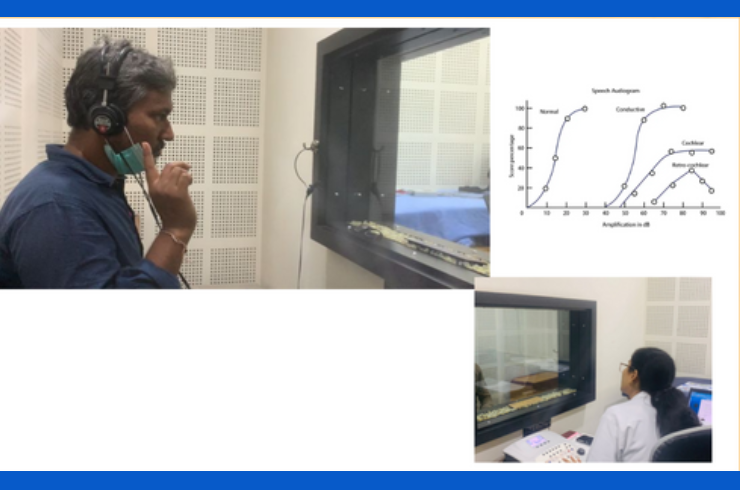
Speech Audiometry is a test used to measure how well you can hear and understand spoken words. It evaluates two main aspects of hearing: Speech Reception Threshold (SRT) and Speech Discrimination (SD). Both are critical in understanding your ability to process and comprehend speech at different sound levels.
SRT (Speech Reception Threshold):
Speech Discrimination (SD):
Speech audiometry helps to determine how well you can comprehend speech in quiet and noisy environments, providing valuable insights for treatment or rehabilitation if needed.
Schedule your consultation today and start your journey to better health!
Providing expert care at our ENT Hospital in Hyderabad, specializing in ENT, Head & Neck Surgery services, with advanced treatments and compassionate care to ensure your health and comfort.